The Bristol 400: From Ruins To Wins
Images: Makarand Baokar
Acquired by Badridas Daga in May 1948, in the United Kingdom, this Bristol 400 was subsequently shipped to Calcutta, where the Daga family used the car, before selling it off to the last Maharaja of Indore, Yashwantrao Holkar. The next owner Dara Pundole seemed to have brought the car to Mumbai, where it changed hands several times—from Soli Captain to Zavareh Wadia, who, in turn, sold it to another person, before the car reached the hands of Fateh Ali, who let the car rot into the ground.
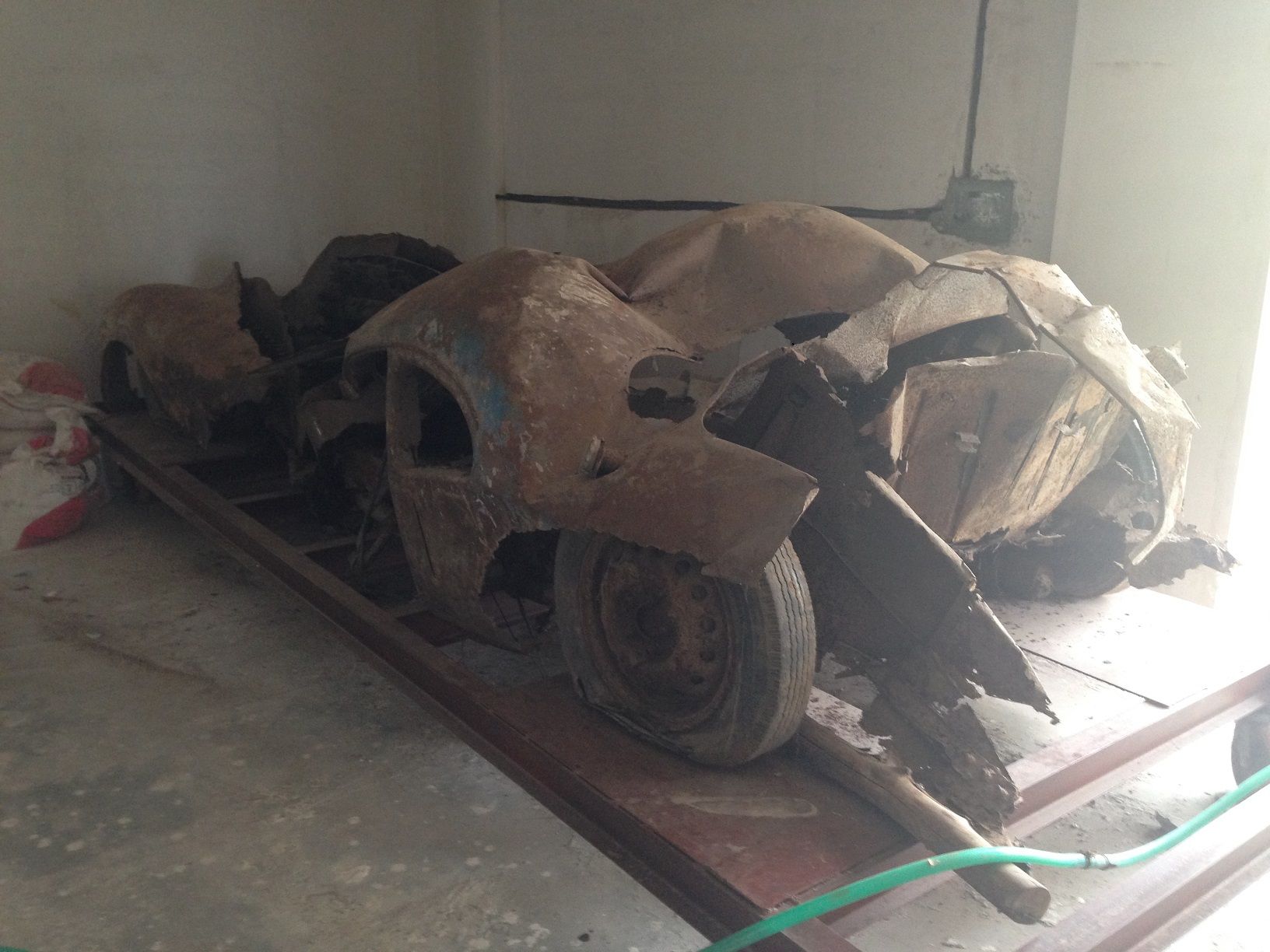
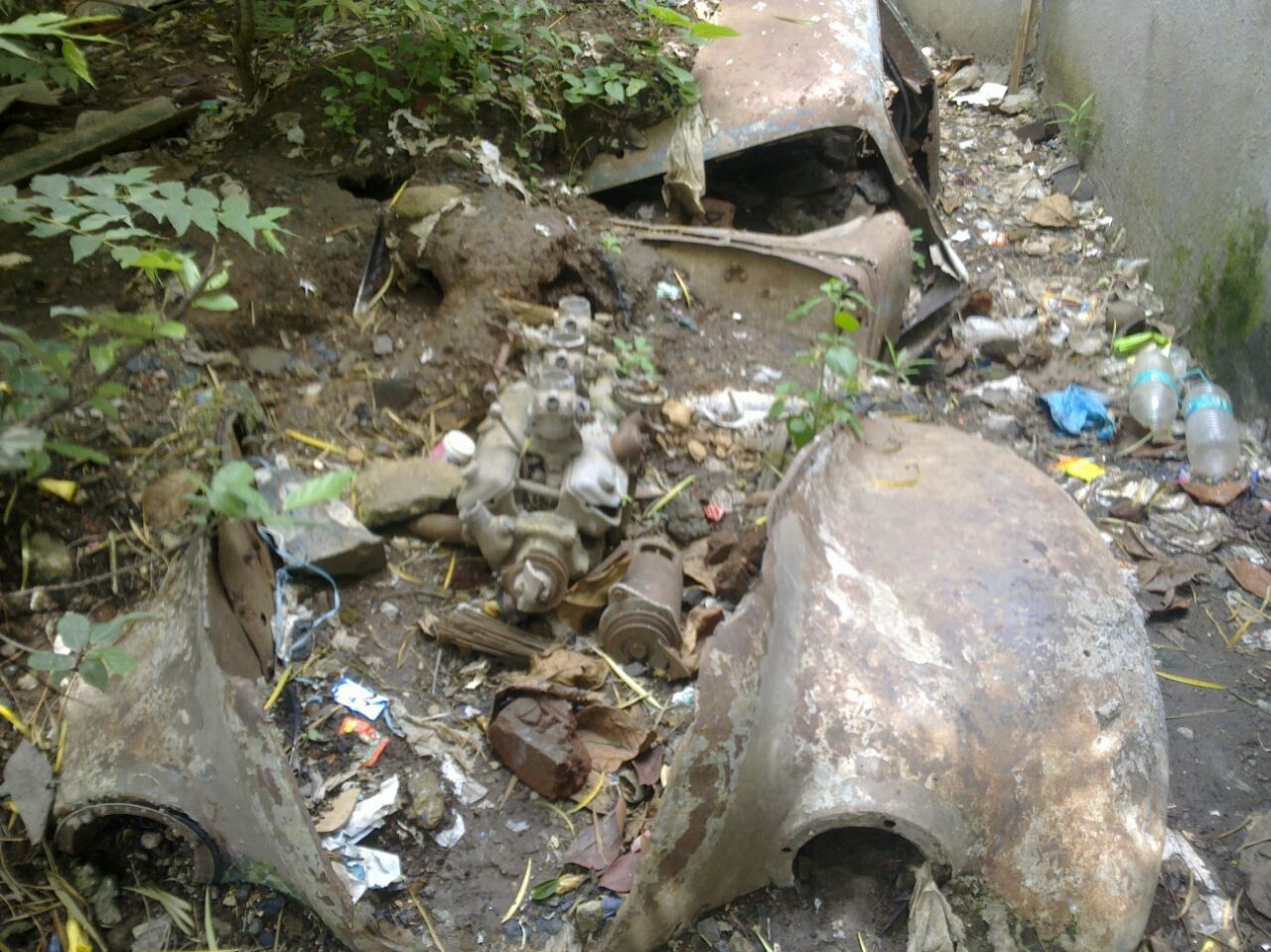
It was a very courageous Mumbai-based enthusiast, Amit Sapre, who acquired the wreck in 2012. When you see the photo of this car before its restoration, the word “survive” takes on a whole new meaning.
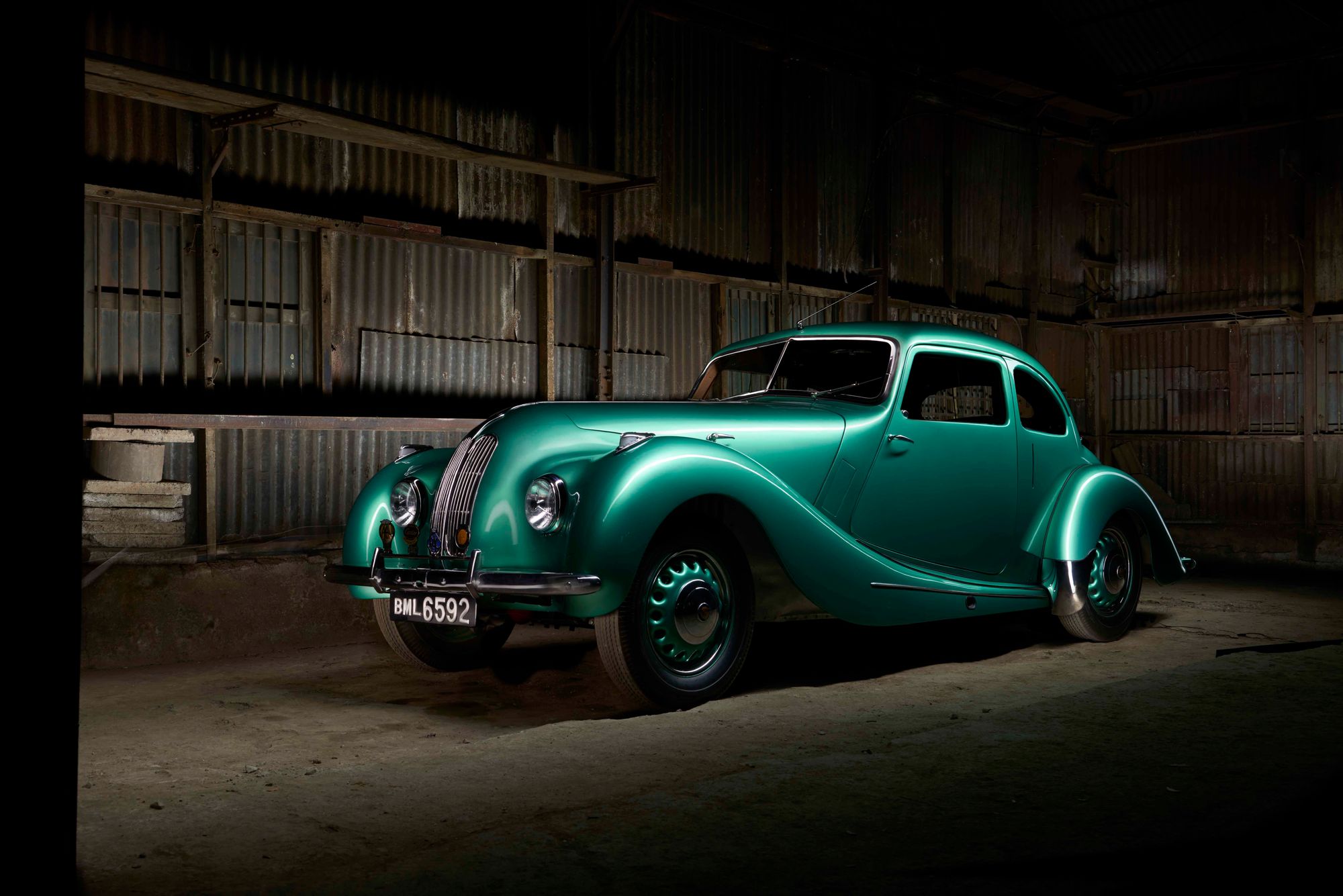
Yet not only did Sapre have the courage to ‘pick-up’ the car, he also managed to then convince the Engineer brothers, Kaizad and Nekzad, of Niki Garages, Mumbai, to take on the challenge of recreating this car. The recreation was done in a record eight months flat, to have it ready in time for the 2017 edition of the Cartier concours d’elegance, where it won the resurrection trophy. We take a peek into the history of the Bristol 400 and what makes it such a rare survivor.
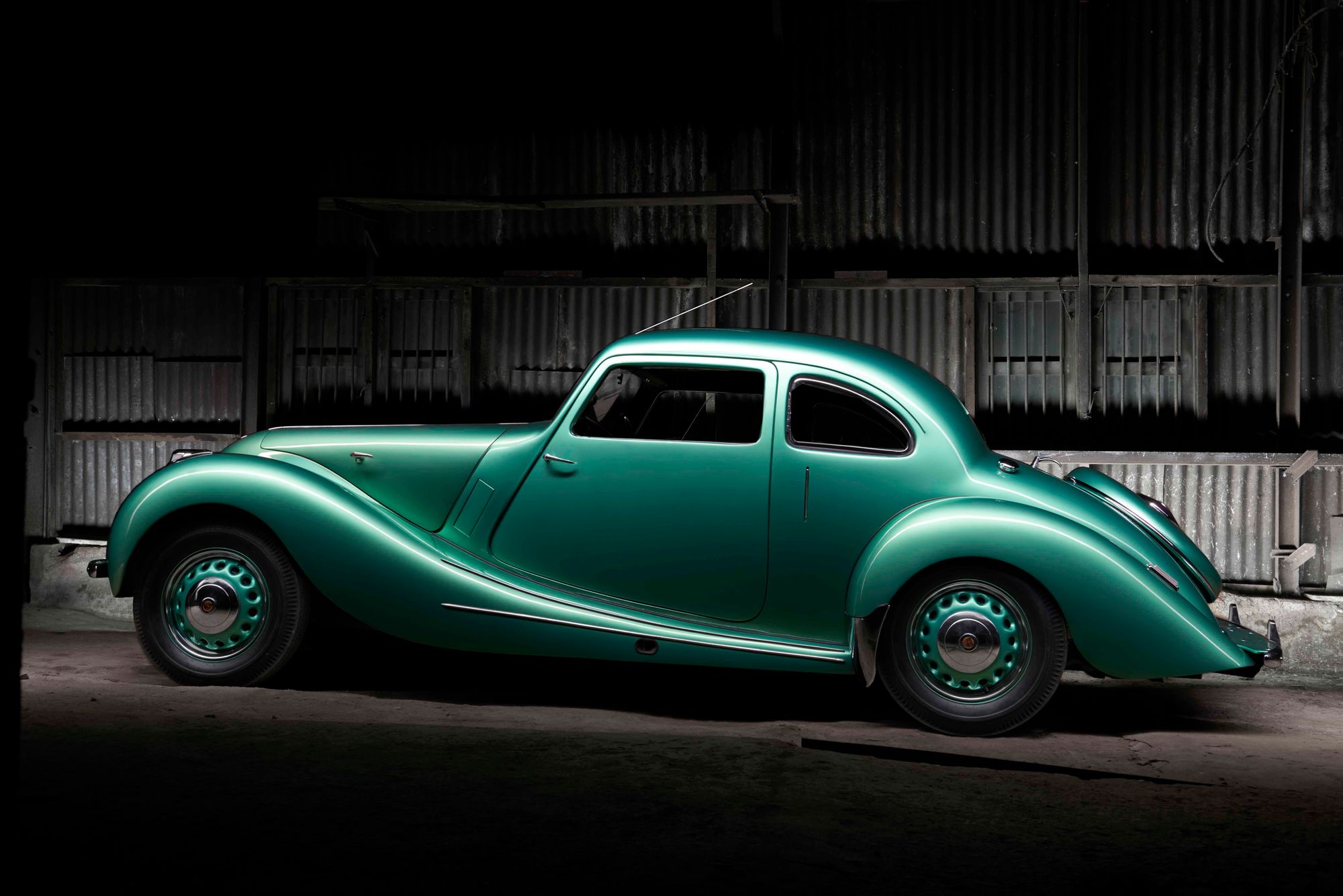
When World War II came to an end and orders for planes had dried up, the Bristol Aeroplane Company—which till then had specialised in aircrafts and armaments—realised that it needed to diversify into other areas. Thus, the decision was taken to move into the automotive arena.
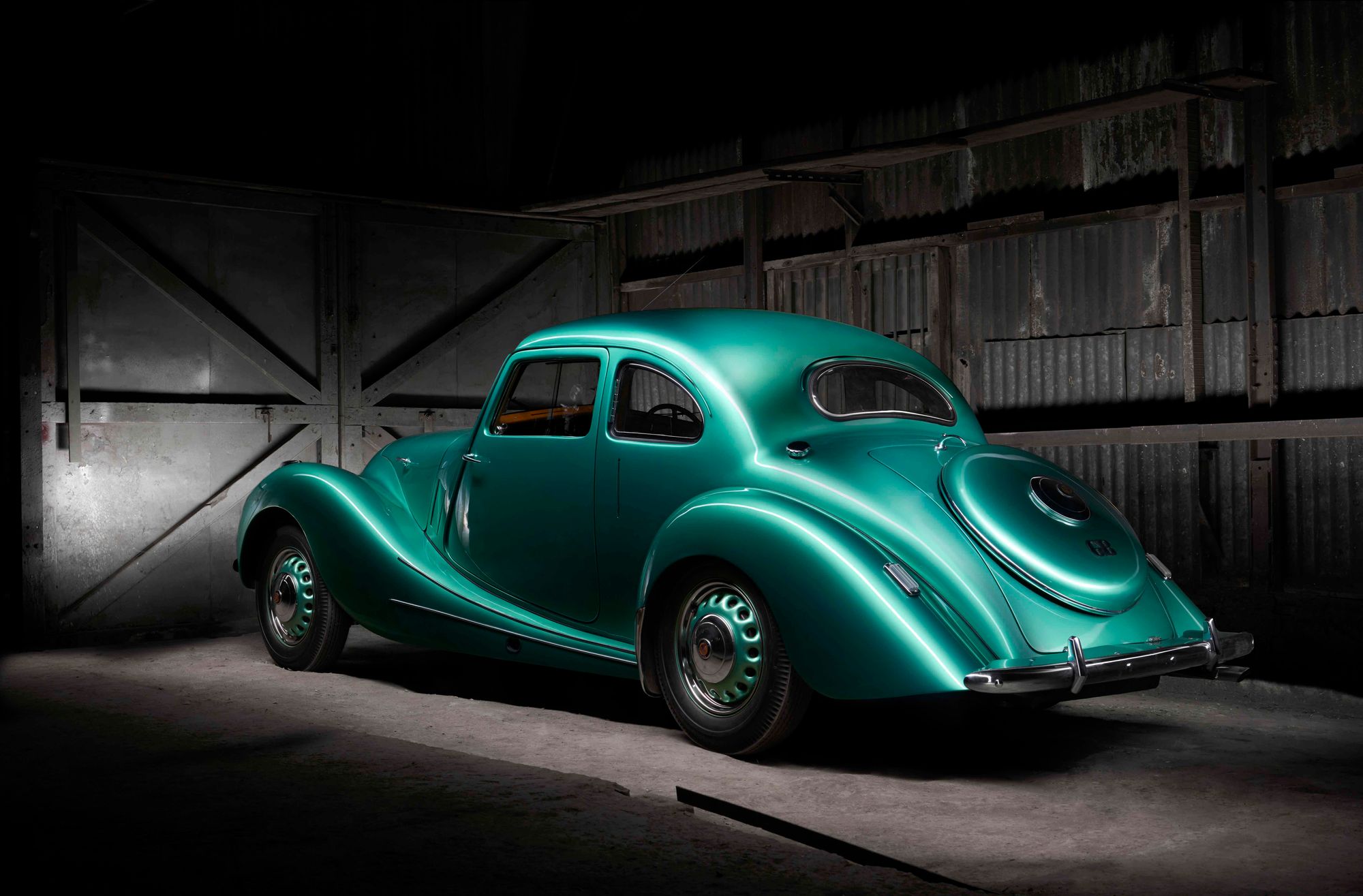
In anticipation of this decision, the Bristol engineers had already developed two prototypes before the end of WWII, with the second—the type 2EX—planned for production by 1946. But the project was called off when Bristol took over the specialist British sports car manufacturer, Frazer Nash, in 1945.
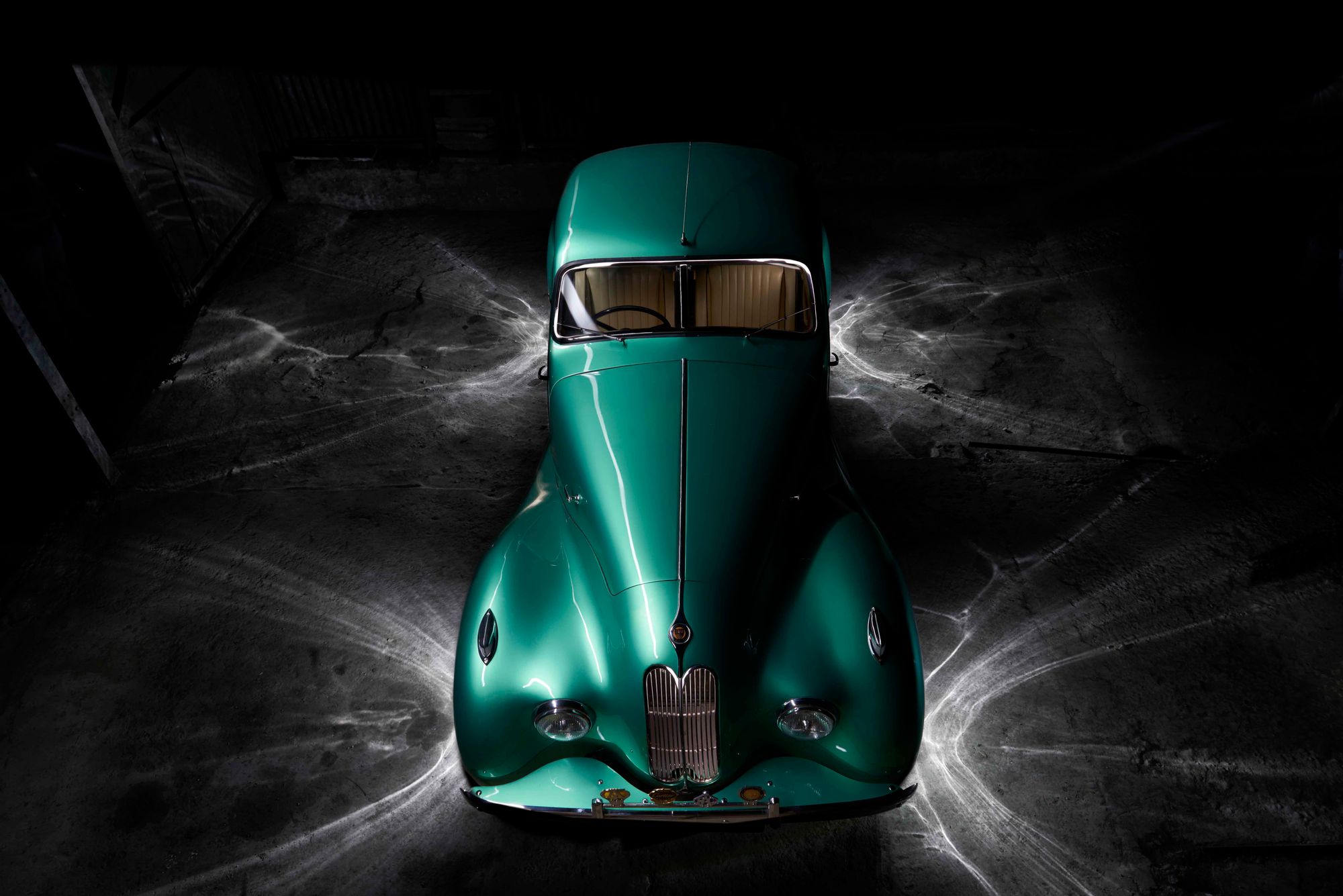
The British importers for BMW, Frazer Nash, were selling the German cars badged as Frazer Nash-BMW since 1934. Immediately after the end of WWII, Frazer Nash acquired the design rights for several BMW models including those of the 326, the 327 and the 328, as part of war reparations. With Frazer Nash becoming a part of the group, Bristol abandoned its in-house project, and decided instead to focus on adapting the BMW designs.
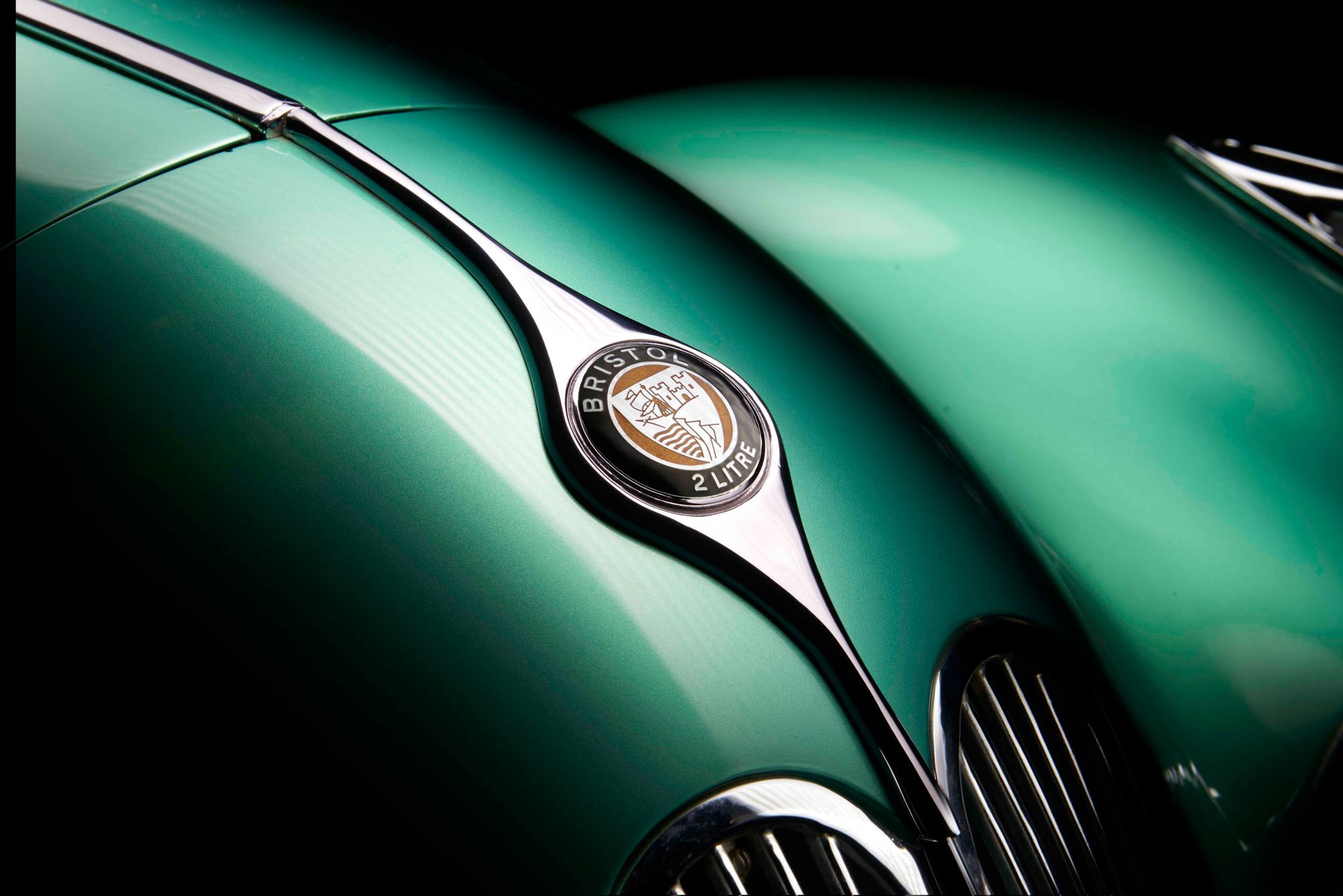
In April 1947, Bristol sold off Frazer Nash, and decided to carry on with the development of the Bristol 400 on its own. Resting on a ladder-frame chassis, with front wheels independently sprung, the rear a rigid axle located by torsion bars and shocks, the 400 was powered by the same 2.0-litres straight-six as that of the late 1930s BMW 328’s.
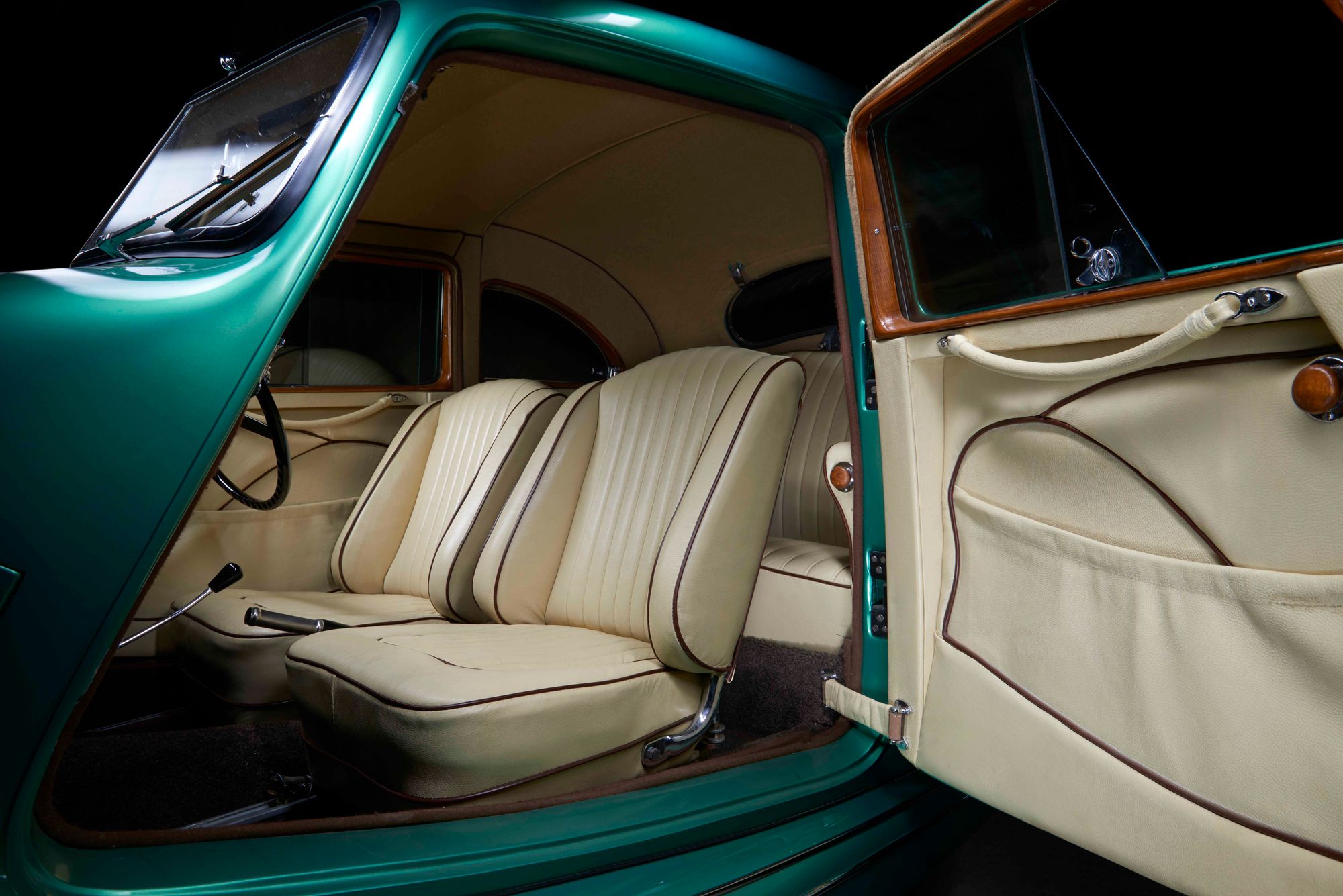
The design of the body was by Dudley Hobbs, a long-time Bristol Aeroplane Company employee, who went on to design almost all of the brand’s subsequent models, up to the ’82 Britannia. Hobbs was clearly influenced by the body designed by Peter Schimanowski for the BMW 327, in 1938. With most of the body in steel over a wooden frame, the doors, bonnet and boot lid, though, were in lightweight aluminium.
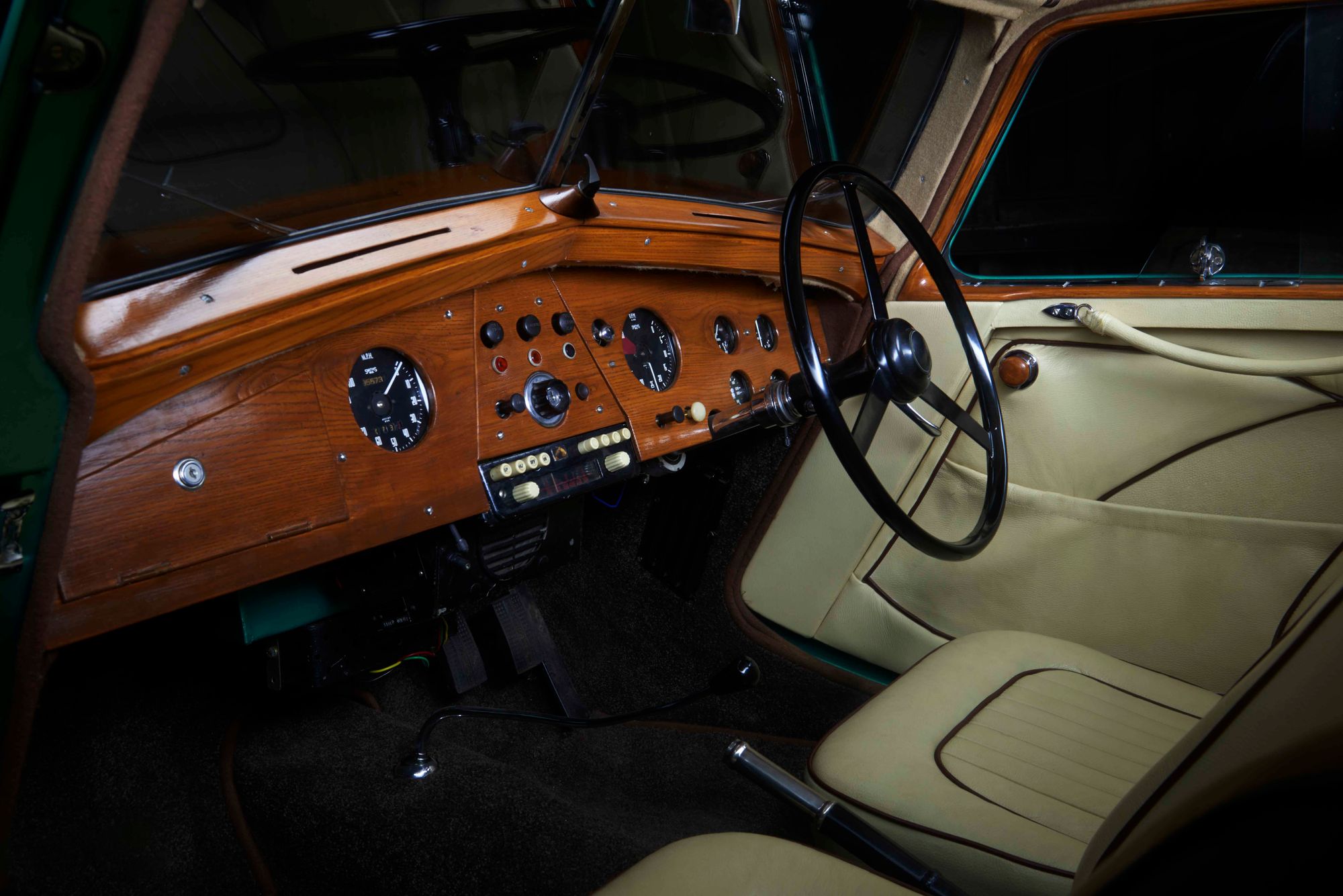
Launched in the spring of 1947, the 400 had its first update in time for the Geneva motor show of March 1948, and the cars that were made from then on are referred to as the Series 2. Externally, the second series differed by the design of the front bumpers, as well as the spare wheel set into the trunk lid, to increase luggage space.
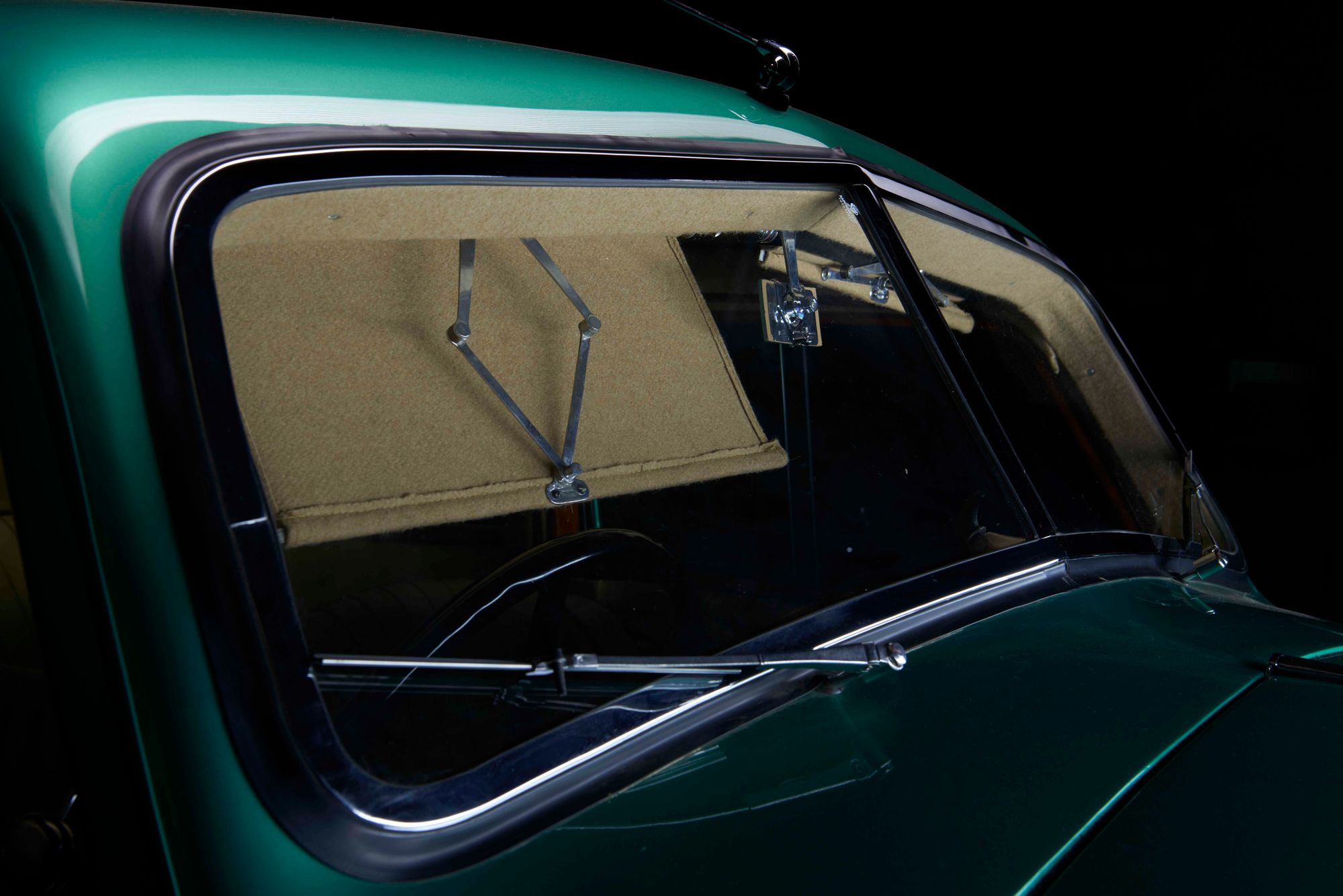
By the time the 400 was replaced by the 401, in 1950, less than 500 of them had been manufactured. An estimated 60-odd survive across the world today. The car on this page is the only one in India.
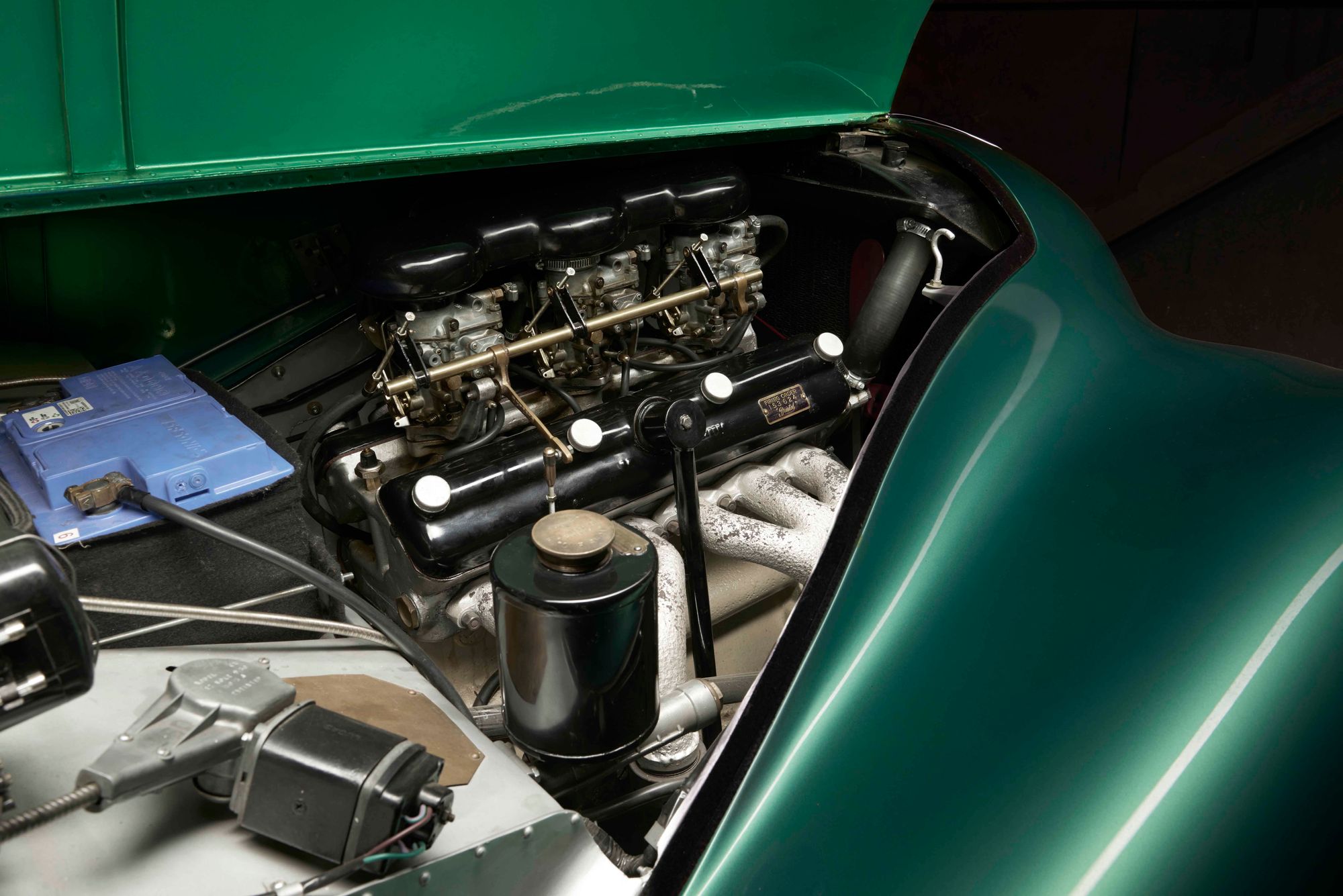
Comments
Sign in or become a deRivaz & Ives member to join the conversation.
Just enter your email below to get a log in link.

